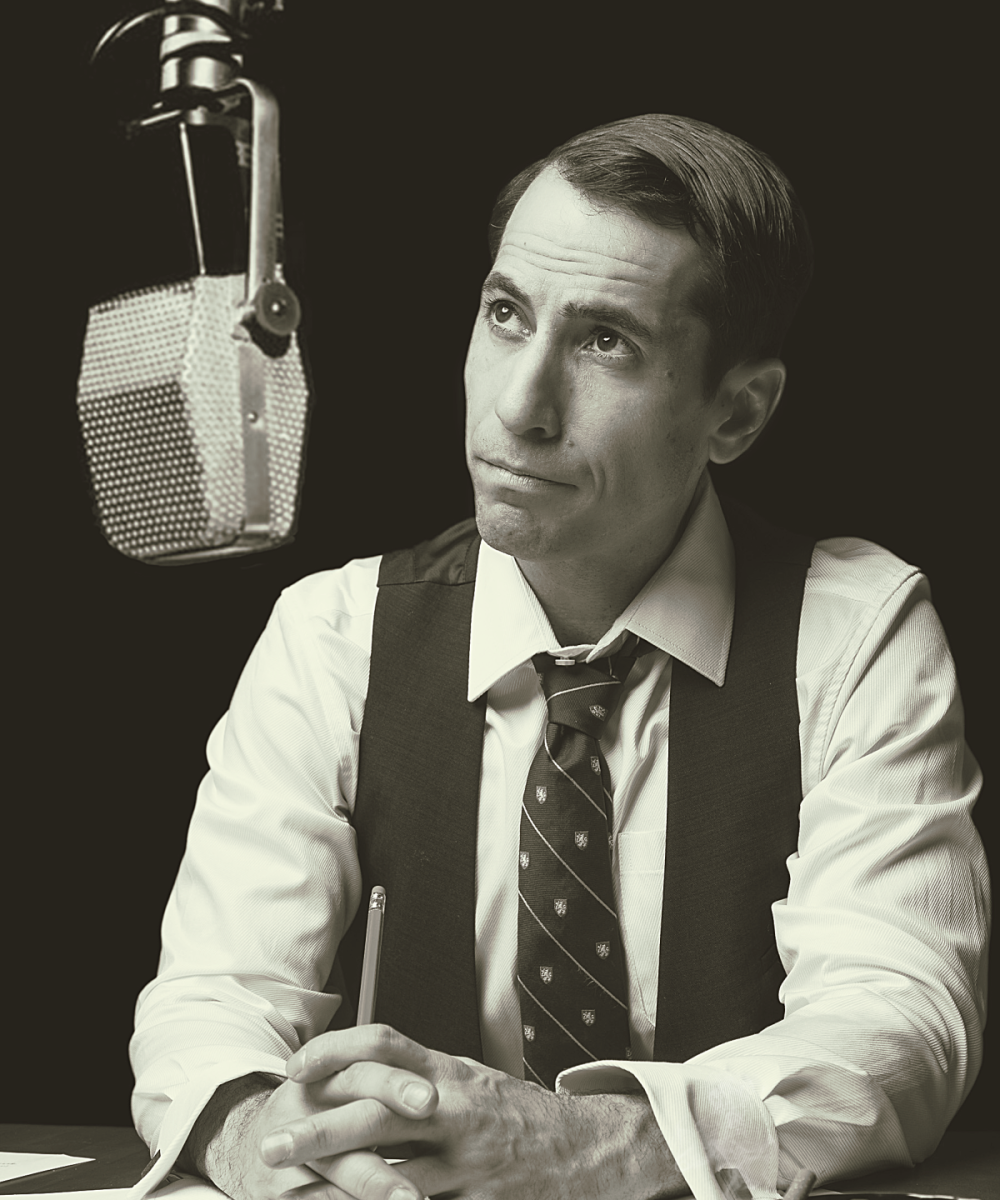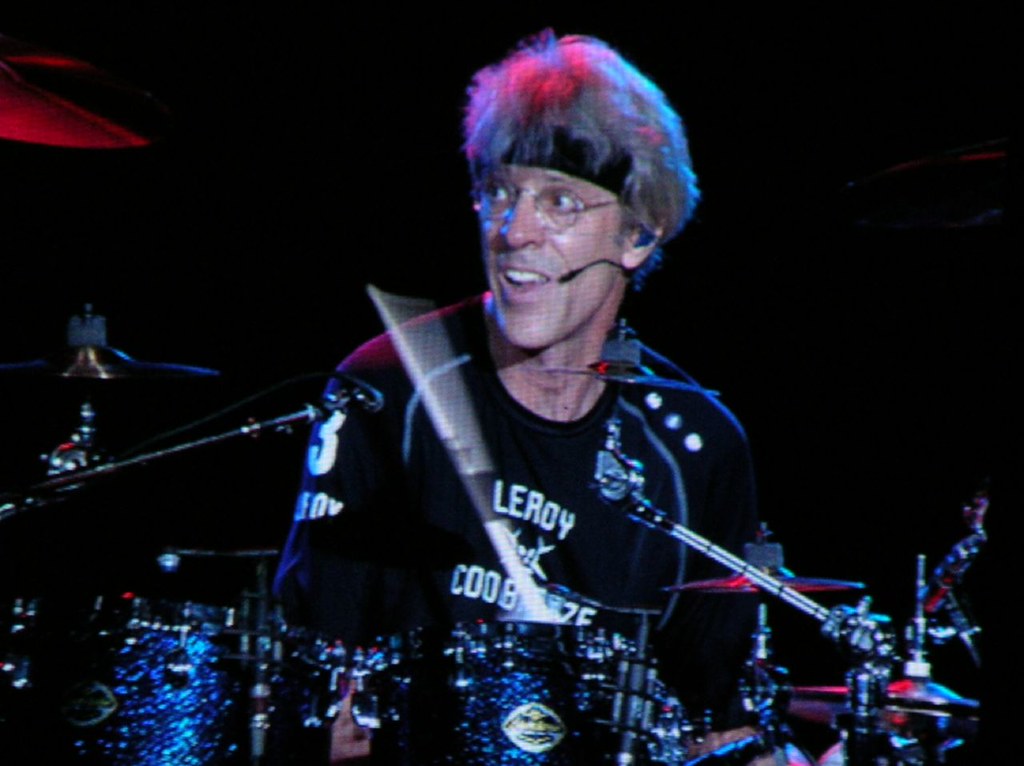Kevin Moriarty creates worlds, worlds with their own unique rules and atmospheres.
As artistic director of Dallas Theater Center, Moriarty has made his mark on the Dallas Arts scene with stunning, technologically advanced productions that give audiences a glimpse into one of his unique worlds for a few hours before the curtain falls and we return to our own world.
“The Lighthouse” is no exception.
Peter Maxwell Davies’s “The Lighthouse” is the first in a new series of chamber operas.
The opera offers us a glimpse into the non-fictional mystery of the suspicious disappearances of the three men stationed at a lighthouse on the Flannan Isles near Scotland years ago.
The crew of the supply ship “Hesperus” arrive at the lighthouse to find the structure in a state of disorder as if the three men had disappeared into thin air.
Because of this, inquiries are mounted as to what befell these three men. The opera portrays the mystery and investigates the potential natural and supernatural possibilities of the fates of these three men.
“The Lighthouse” first premiered in Edinburgh, Scotland in 1980. But the mystery of the disappearance has never been solved.
The opera production is an intriguing mystery to the audience in and of itself.
The opera never exactly divulges what it believes to have happened to the three men.
Instead it keeps the audience wrapped in unnerved suspense until the end.
The music, conducted by Maestra Nicole Paiement, is not the traditional “classical opera fare” of Wagner and Mozart.
The music instead takes on a rather more abstract, foreboding tone, which fits the opera thematically.
Melodies and patterns are sparse in the score, keeping the listener just as unsure of what note will come next as what will befall the lighthouse trio.
The score works seamlessly with the atmosphere, heightening the tense uncertainty surrounding the lone lighthouse tower.
The three voices of the opera: Andrew Bidlack (tenor), Robert Orth (baritone), and Daniel Sumegi (bass) are stunning.
Each voice is incredibly strong and manages to follow the challenging score flawlessly.
The venue affects the experience as well.
As “The Lighthouse” is performed in the Wyly Theater, the performers are much closer to the audience than in a traditional opera house and were therefore placed under the greater scrutiny of very close observers.
Each singer, however, acted the part bestowed on them as well as they sang it.
The singers also managed an excellent on-stage chemistry as both the lighthouse trio and the officer corps.
The magic of “The Lighthouse” is how every aspect of the opera comes together in Moriarty’s little world.
As the music plinks and dips, the onstage “ocean” casts faint growing ripples along the indistinct walls of the Wyly Theater.
With each drawn out note comes a ripple across the ocean.
What’s causing these ripples and tides on the water’s surface? You don’t know. Just as you start to get your bearings, fog creeps in and the music takes another sharp turn and you’re lost in the opera once again.













